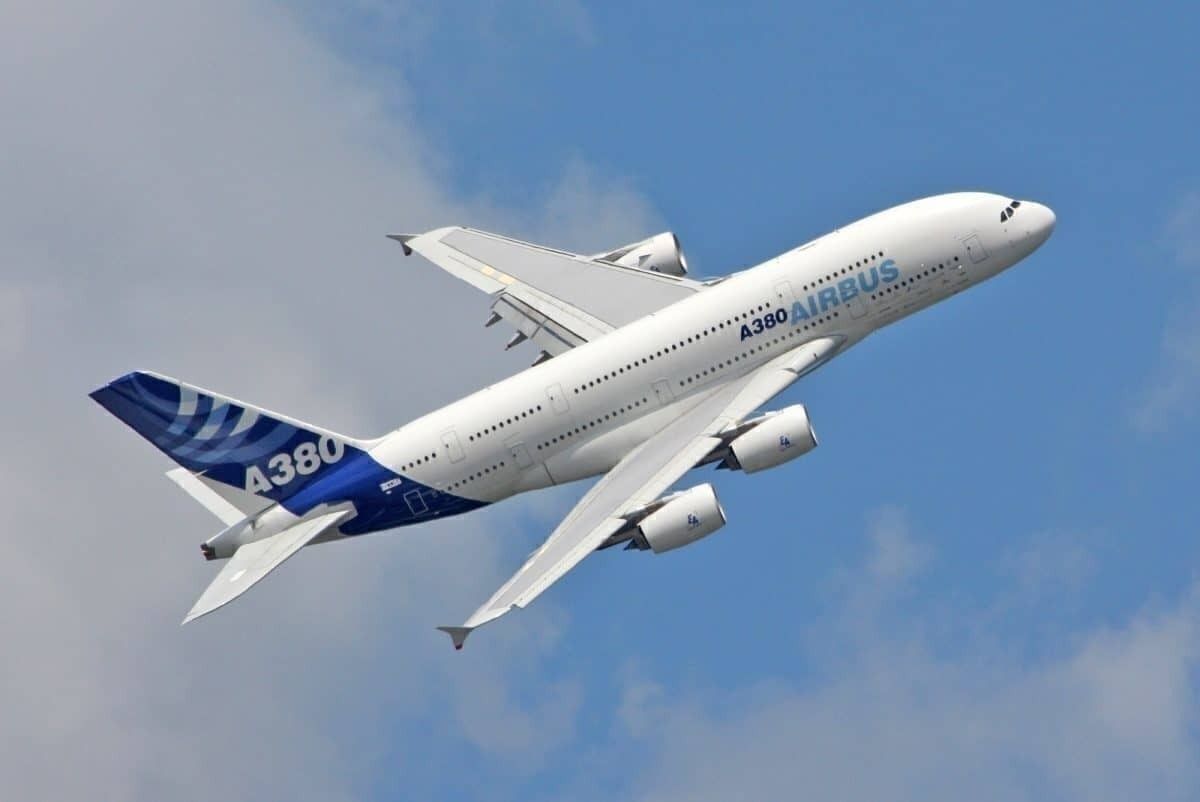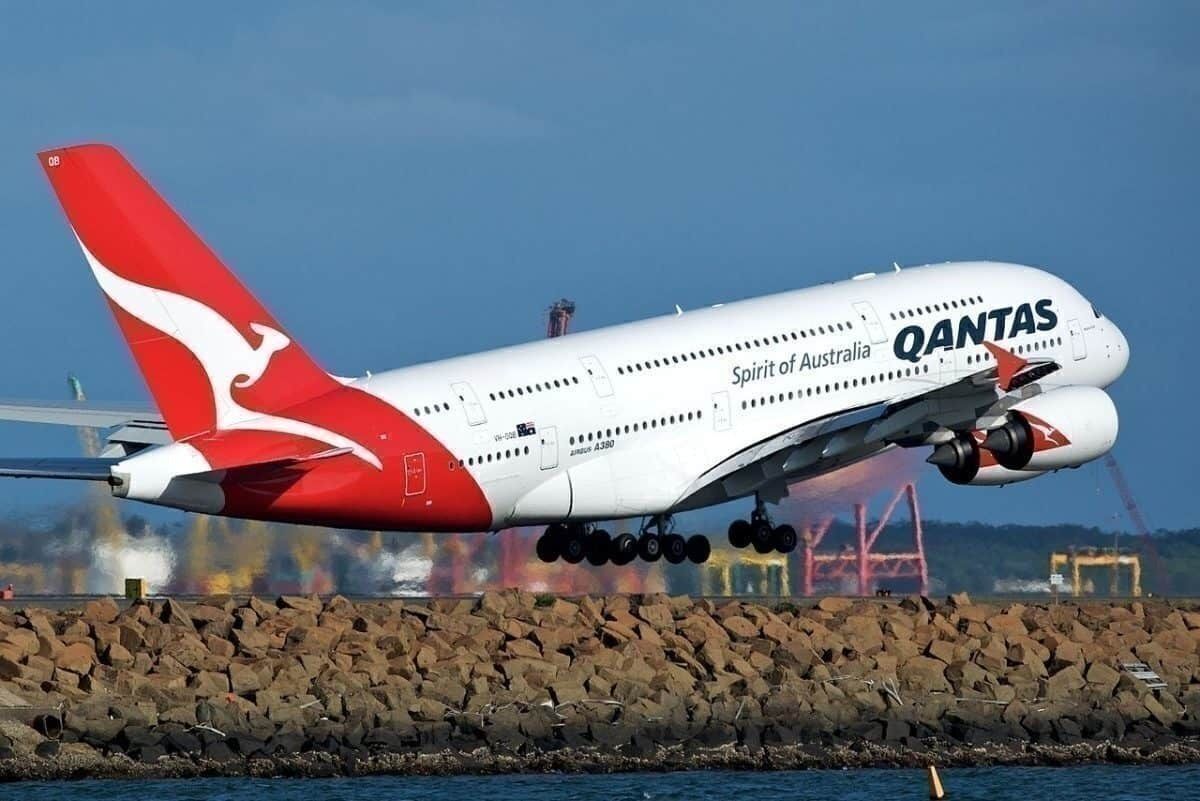Airlines operating Airbus A380s will soon be told to check for cracks in the aircraft’s trailing edge. The European Union Aviation Safety Agency (EASA) intends to use the initiative to prevent the loss of parts.
Flight Global reports that double-deck trailing edge devices will also need to be checked as part of the move. These instructions are being put into place by the EASA after cracks were found in devices on both sides of the airliner.
Ongoing issues
Earlier this summer, The EASA commissioned a special investigation into Airbus A380 wing cracks. The oldest 25 A380 outer rear spars (ORS) were looked into as a priority after a passing a decade in service. Now, all carriers operating in the EU have to conduct further inspections to ensure safety standards are met.
Airbus responded to the issues with service bulletins that gave instructions for various segments. The notifications also instruct on modifications that can be applied to achieve service targets. Meanwhile, EASA’s directive lists 30 aspects that need to be looked at. These parts include actuator brackets, actuator clevis assemblies and ribs at various spoiler locations.
Airbus’ previous wing component cracking issue involved an aluminum alloy known as ‘7449’. Furthermore, EASA’s new proposals refer to the same metal type.
Who will be impacted?
According to the EASA, inspections of these structures are compulsory after 12 years of an A380’s manufacture date. Thereafter, carriers will have to do further checks every six years.
Emirates will be the busiest with these checks as it has the most A380s in its fleet. According to Planespotters, the Dubai based outfit holds 112 units of the range and will have to check each one after they turn 12 years old. Along with this, Singapore Airlines will also be hard at work, with 19 of the airliners. Both of these operators heavily fly to and from Europe with the A380.
When it comes to European airlines, Air France holds most of these jetliners with 15 units. British Airways holds 12 and Lufthansa operates 14.
Wider checks
Airbus isn’t the only manufacturer that is facing issues with cracks around the wing. There have been recent discoveries of pickle fork cracks on various Boeing 737 Next Generations. Last month, the Federal Aviation Administration ordered an inspection on the aircraft after Boeing notified them of cracking issues.
This was followed by Southwest Airlines reporting that it identified similar cracks on two of its 737 NGs. These problems have forced the US-based airline to ground the range due to the importance of pickle forks when it comes to an airliner’s wing structure.
Ultimately, aviation authorities have a duty to ensure the safety of aircraft operations and these procedures will help them achieve their goals. Simple Flying contacted Airbus for comment on the A380 inspection plans. A spokesperson said that the company is aware of the situation and it is providing support to its customers.
Do you think that these inspections are the right way to help ensure that safety standards are met? Let us know your thoughts on the checks in the comments.



